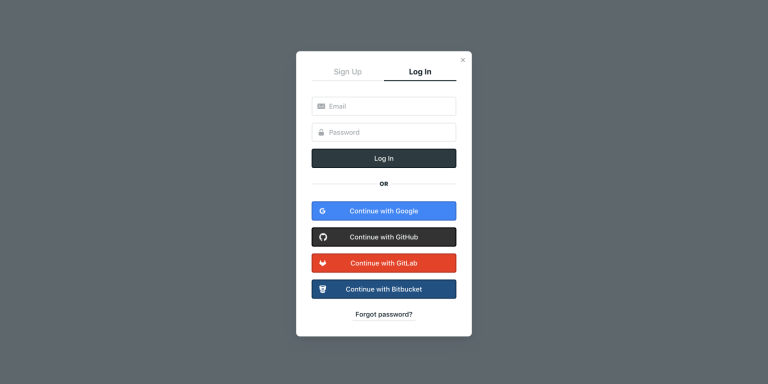
Working capital is the key to success for any business as it is integrated into its day-to-day activities. Be it the payments you make to suppliers, the salaries you pay to employees, the payments made for overhead expenses, or any other operating asset and liability— all of these fall under the ambit of working capital.
In finance, working capital is defined as the excess of current assets over current liabilities. The purpose of working capital can be as simple as meeting day-to-day operating expenses and as complex as maintaining the liquidity of a company. Hence, working capital serves diverse purposes, and a working capital loan gives you the flexibility to fulfill these purposes even in difficult times.
The mix and magnitude of the requirement of a working capital loan may vary from organization to organization, depending on the nature of the industry, size of the operation, length of the operating cycle, growth rate, competitors, etc. However, the central goal remains the same: ensuring that the net cash position is not negative.
Working capital requires reliable cash forecasts and accurate information about current transactions and balances to ensure the availability of ample resources.
Also Read: Overdraft Loans Vs Term Loans: Which is better?
Five Ways Working Capital Loans Can Work for Your Business
Table of Contents
1. Managing and Measuring Liquidity:
Liquidity measures the extent to which the company can meet its short-term obligations with its current assets. In other words, it is the ability to generate cash when and where it is needed. Working capital provides this liquidity and reflects how effectively a company uses assets. Your ongoing operational performance serves as an indication of the financial health of your organization and opens avenues for higher amounts of business financing in the future. Analysts use various financial ratios to assess a company’s liquidity and how efficiently the company generates revenue with its working capital. These ratios indicate your creditworthiness and repayment capacity and also give you the ability to withstand adverse events that may have a detrimental impact on your business.
Also Read: Merchant Capital – A Shot In The Arm To Small Businesses That Require Working Capital
2. Monitoring Cash Flow Levels:
Cash is the blood of any business. With a working capital loan, you can monitor and maintain your cash levels. This cash flow can serve several purposes, ranging from payroll disbursement, paying off creditors, meeting day-to-day expenses, procuring inventory, and paying dividends. Delay in paying any of your liabilities can harm the business operations. E.g., not having cash to refill inventories or buy new products can result in lost sales. With the help of a working capital loan, you can make bulk purchases of inventory and ensure an adequate store of goods. Also, to fulfill payment commitments to your suppliers, you can rely on a working capital loan. It can generally save you from defaulting on your scheduled payments, such as salaries. The non-payment of salaries can lead to qualified and experienced employees leaving the organization. All such critical situations can be averted with a working capital loan.
3. Preparing for a Rainy Day:
No matter how future-proof your business planning is, there are always a few external factors that are beyond your control, such as the general economy, unexpected raw material shortages, damage from natural disasters, and changing interest rates. Even internal factors such as equipment breakdown, receipt lags, a canceled order, or obsolete inventory can bring your business to a halt. A working capital loan provides a cushion against these mishaps and helps you operate smoothly.
4. Foster Growth:
Expansion and growth are critical for the survival of any business. Companies with additional working capital can plunge into opportunities as and when they occur and grow their business to its true potential. With a working capital loan, one can consider opening a new store in a different location, upgrading existing equipment, or entering a new service line to gain more customers. Further, advertisement expenditure, marketing campaigns, establishing an online presence, and entering into other growth propelling deals are also possible with a working capital loan.
5. Seizing Seasonal Upswings:
During favorable season times, there is an upswing in consumer-spending behavior, which gives businesses an extraordinary chance to maximize sales. Lots of money can be made during this time if you are well-prepared. But to make the most of this shopping rush, you need additional money to manage your business. Extra inventory, higher advertisement expenditure, employee bonuses, payments to creditors, better customer service, etc.—all these require money, and a working capital loan is a viable funding option to cover these expenses.
Also Read: Working capital loan: for business success during festive season
How to Choose a Working Capital Loan for Your Business?
Given there are various forms of borrowing options available, it is necessary to have a planned strategy for borrowing, or you may end in a debt trap. Here are a few major factors to consider while taking a loan:
- Calculate your need: Money needs may vary depending on which phase of the business cycle your entity is in. You may need a working capital loan to expand, pay your expenses, or maintain liquidity. Prioritize your needs and then decide on your loan amount.
- Enhance your credit score: The first thing that a lender checks in a loan application is the credit score. If the credit score is low, the lender may straightforward reject the application. Hence higher the score, the better the chance of approval, and the lender might even charge a lower interest rate.
- Consider extra costs: Apart from interest rates, several other charges may be levied on a loan, and all of them together can substantially increase your borrowing cost. Compute all the fees and penalties like processing fees, late payment fees, prepayment fees, and other statutory charges before entering a loan contract.
- Pick the right lender – When selecting a lender, choose the one with excellent customer service, a good reputation, and knowledgeable staff. Taking recommendations from friends and family can be a good way to choose a lender. Different lenders charge different interest rates, prepayment fees, processing charges, etc.; make sure to compare them before finalizing the lender.
Conclusion
Never overlook a working capital loan as a tool to propel your business forward. Working capital is an integral tool in the day-to-day running of your business. Its effective management can help your business develop a good reputation and solidify its going concern status. However, an opposite set of circumstances can be disastrous, which can be averted with external assistance in the form of a working capital loan.






